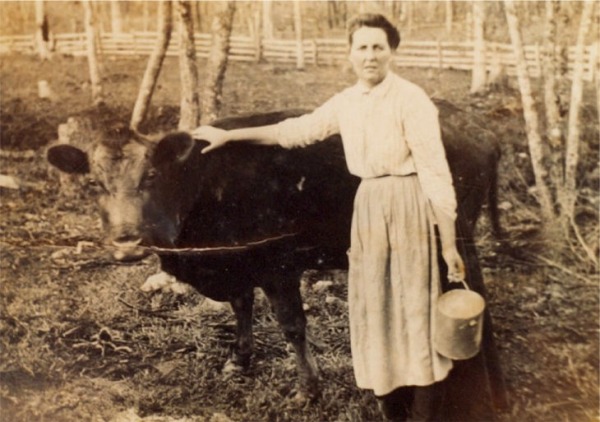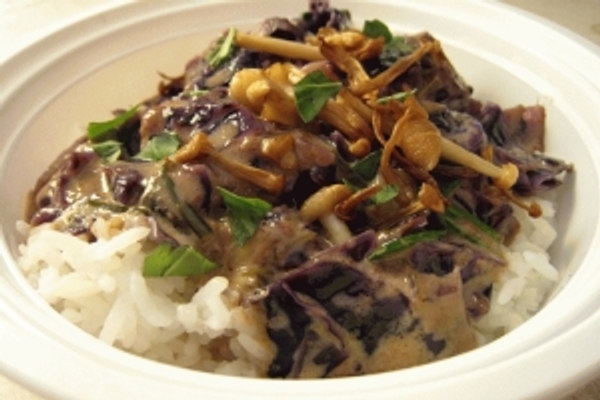March 4: four eggs. There are three nests in the henhouse, but they always share and take turns.
My four chickens have averaged slightly better than three eggs a day all winter, and it was a cold winter. Even though it’s still early March, they’re already starting to return to their four-eggs-a-day standard of productivity. They have only ever broken one egg, and that was when they were young and inexperienced. I myself have accidentally broken three or four.
They are content, yet demanding, always hoping for treats, which they get, every day. Sometimes the best I can do is cut up some raw potatoes or carrots, or maybe apples, or pluck the outer leaves from a head of cabbage. Their favorite treats are kitchen scraps — peelings and leftovers. Pasta drives them wild. They seem to think it’s worms. On cold mornings they relish a warm breakfast — cracked grains mixed with leftover gravy or soup. During the summer, finding treats for them is easy because the kitchen always has lots of summer produce. During the winter, treats are more of a challenge. They always have laying mash in their feeder. But it’s treats that keep things interesting.
Newspapers and magazines are full of stories about backyard chickens these days, but here’s one of the best pieces I’ve come across. Peter Lennox, an academic, waxes philosophical on the keeping of chickens:
Watching chickens is a very old human pastime, and the forerunner of psychology, sociology and management theory. Sometimes understanding yourself can be made easier by projection on to others. Watching chickens helps us understand human motivations and interactions, which is doubtless why so many words and phrases in common parlance are redolent of the hen yard: “pecking order”, “cockiness”, “ruffling somebody’s feathers”, “taking somebody under your wing”, “fussing like a mother hen”, “strutting”, a “bantamweight fighter”, “clipping someone’s wings”, “beady eyes”, “chicks”, “to crow”, “to flock”, “get in a flap”, “coming home to roost”, “don’t count your chickens before they’re hatched”, “nest eggs” and “preening”.




